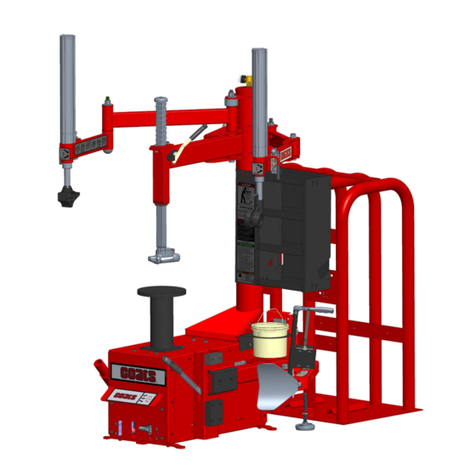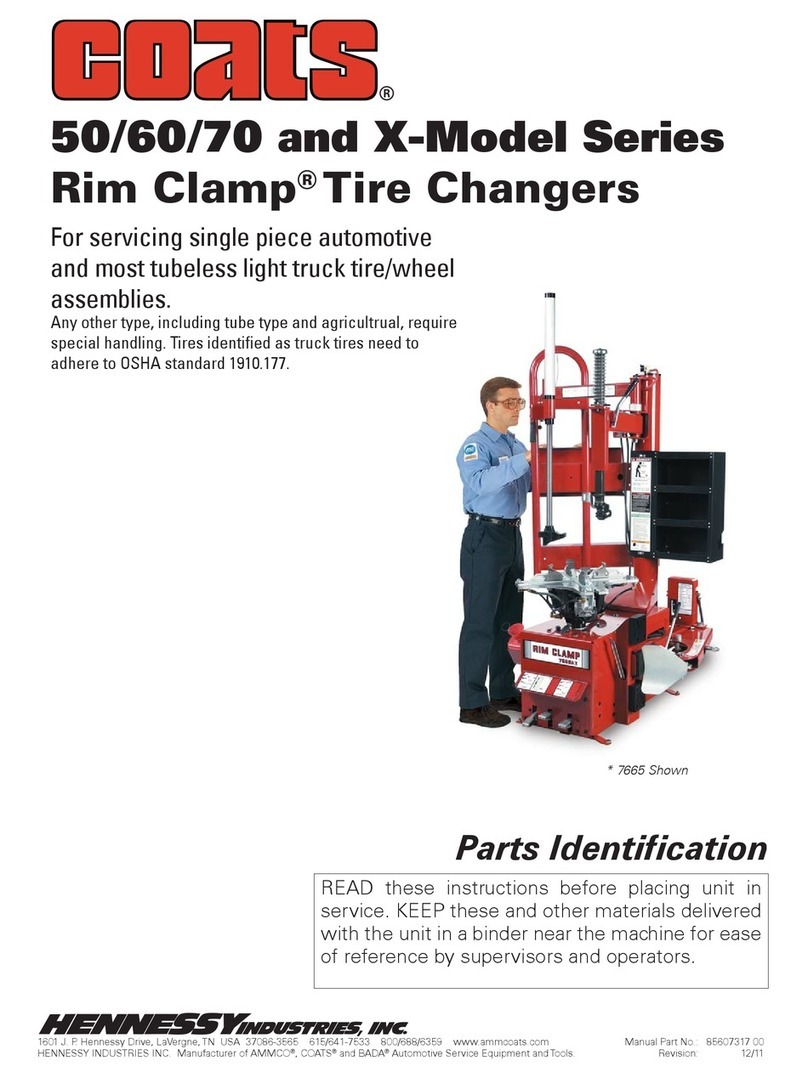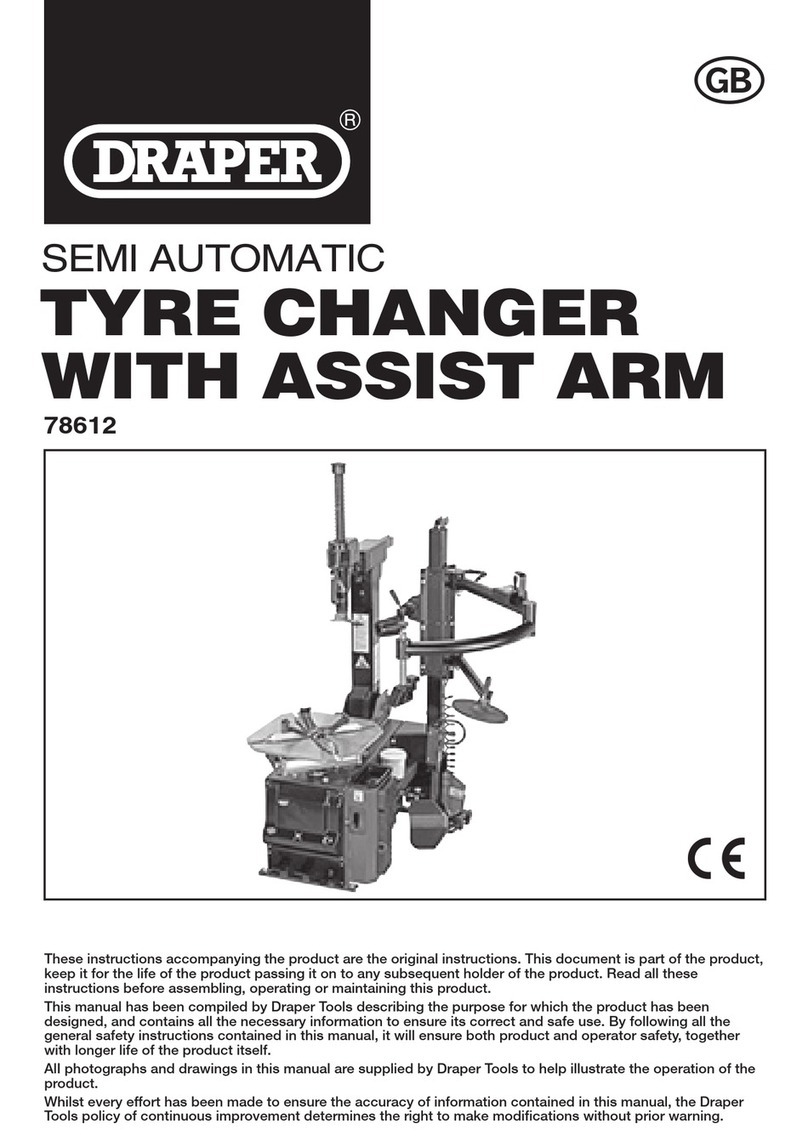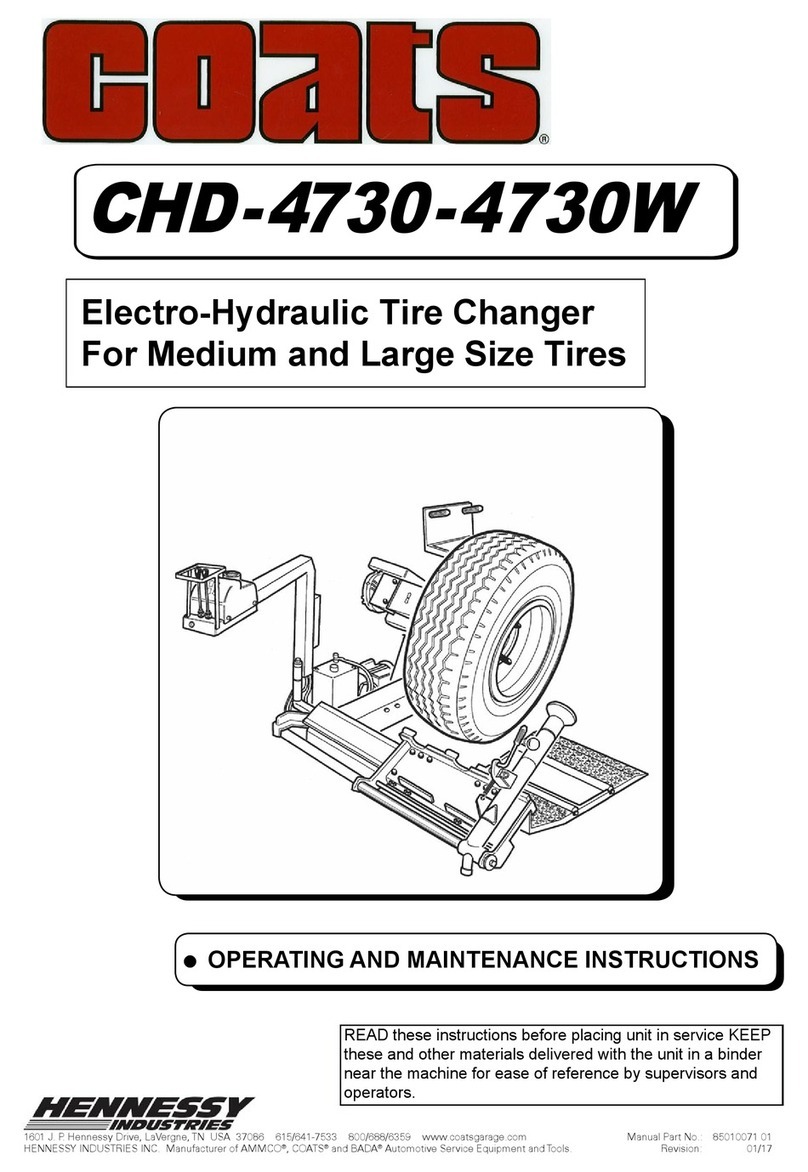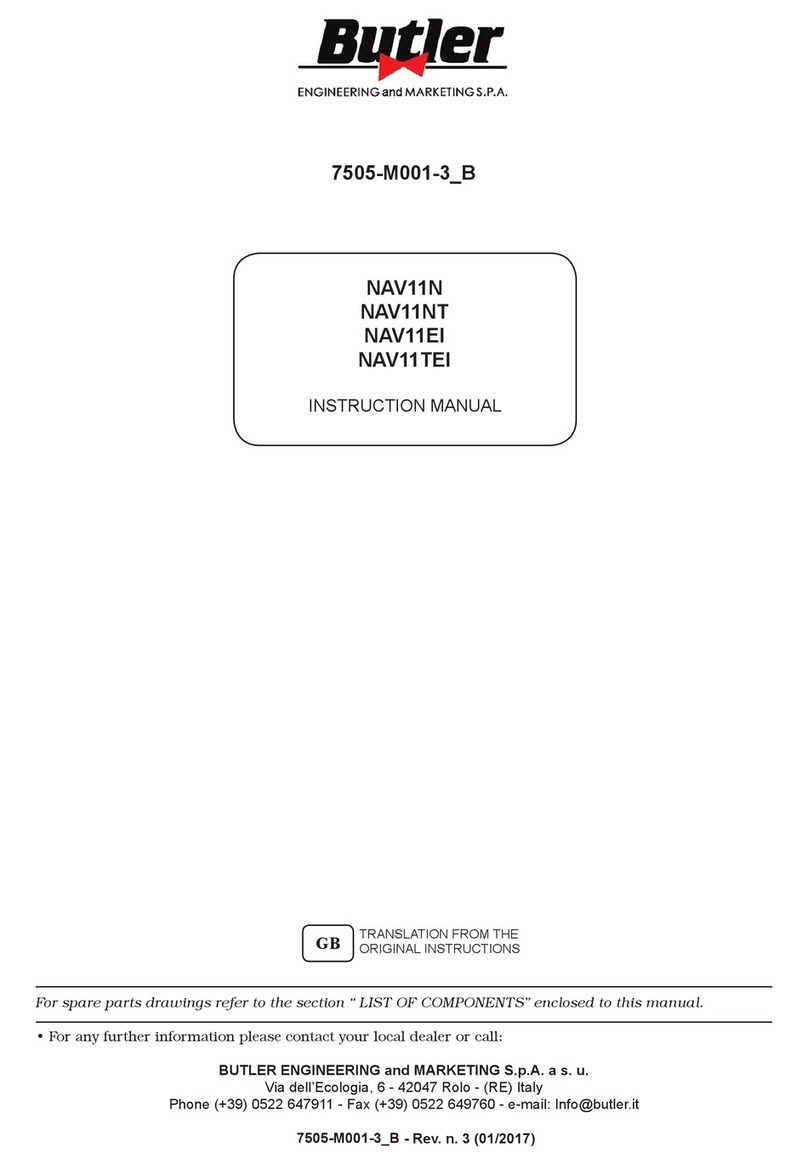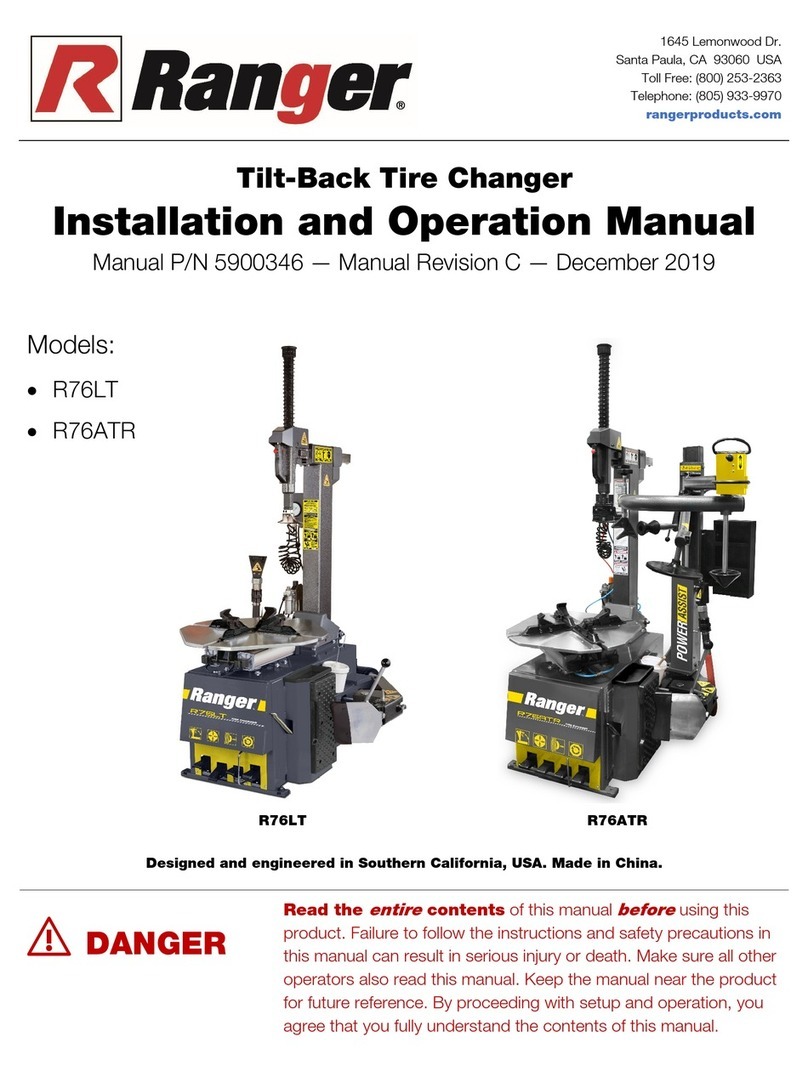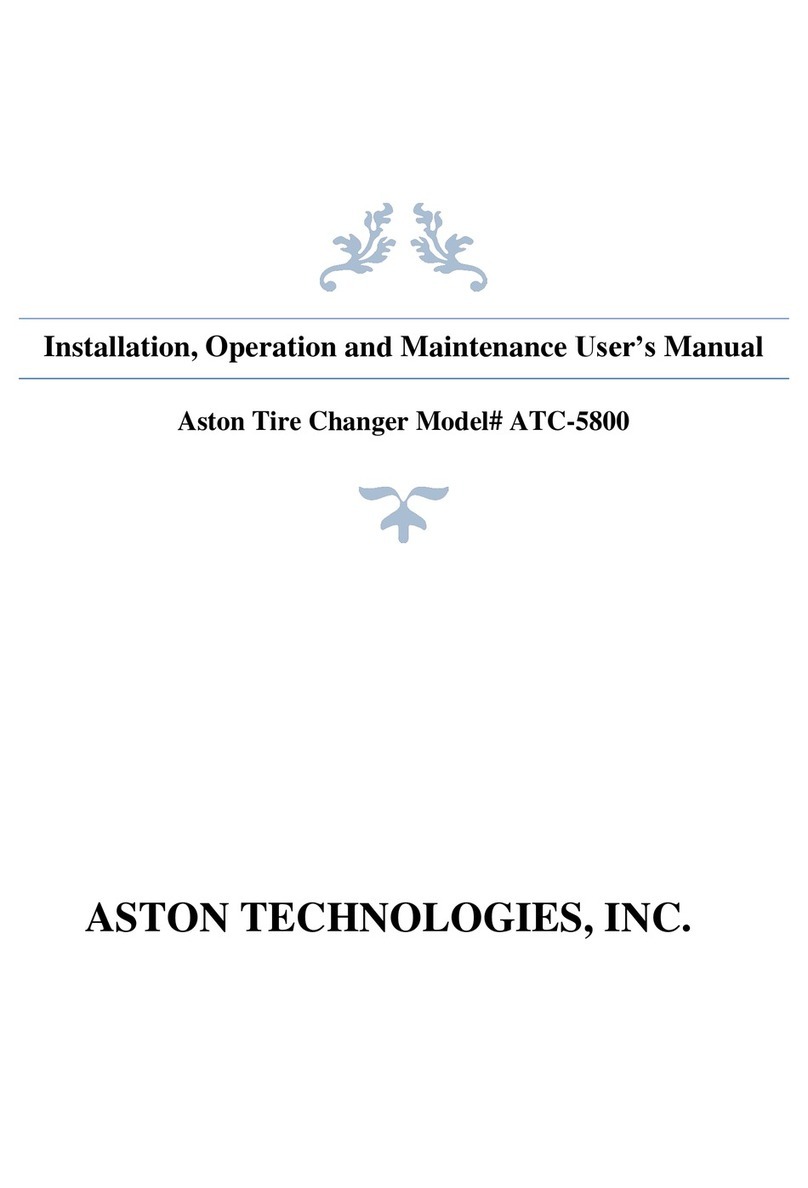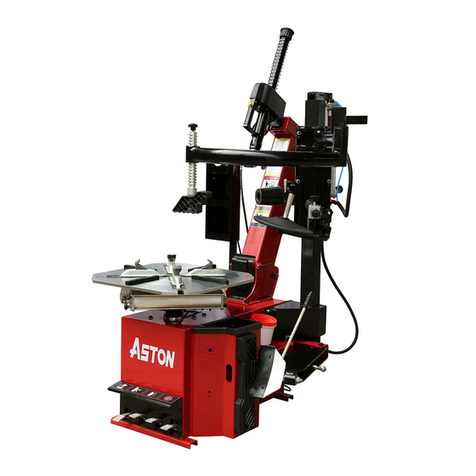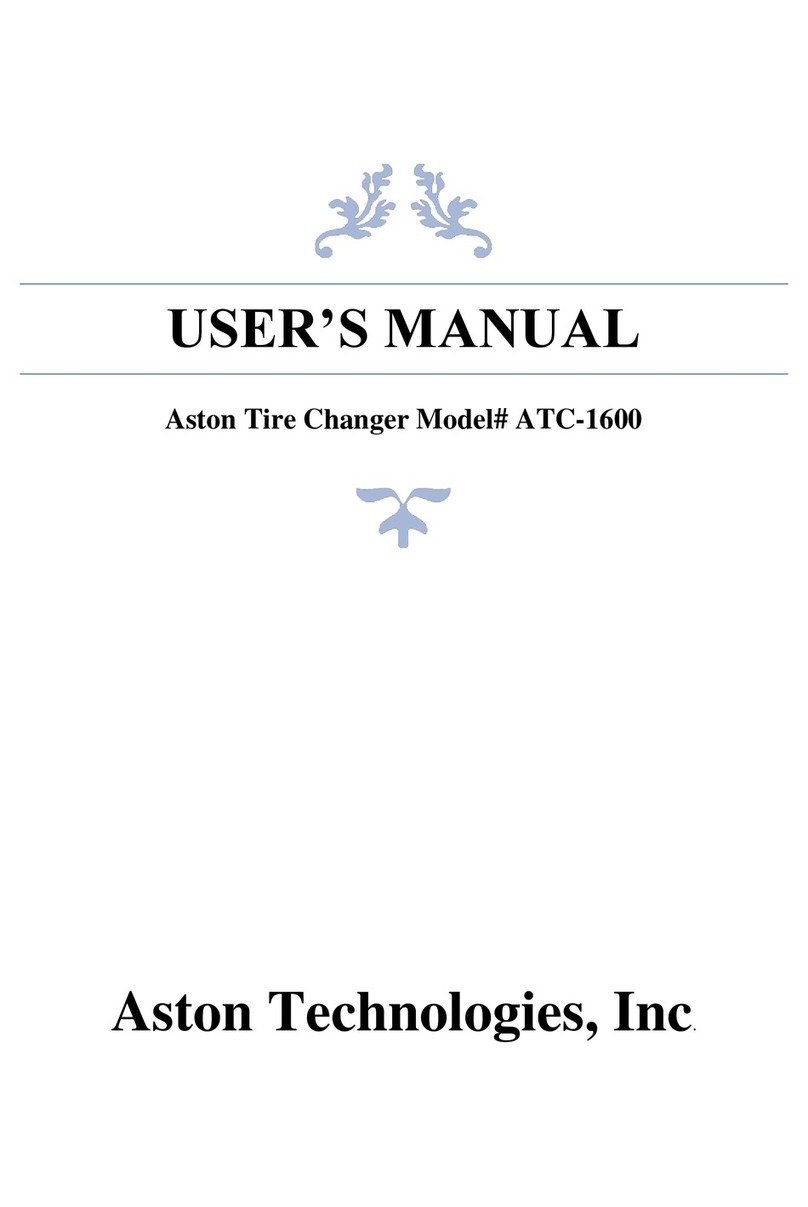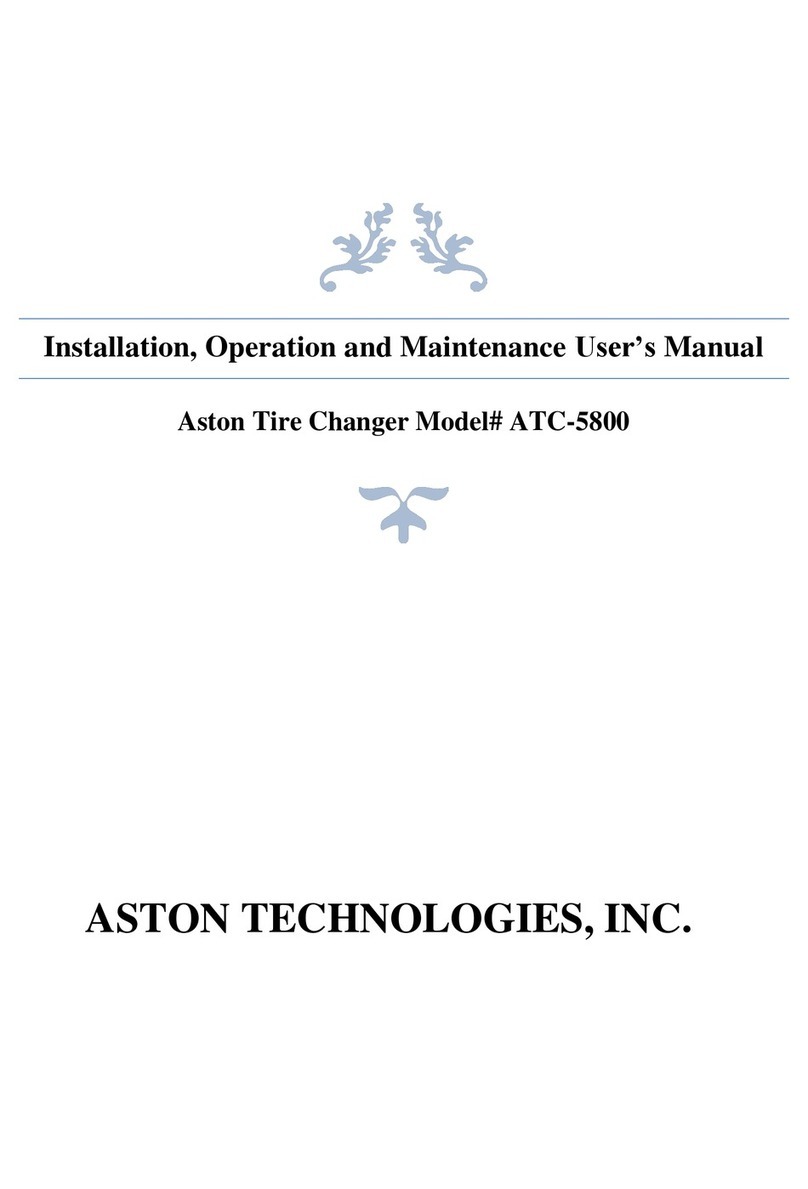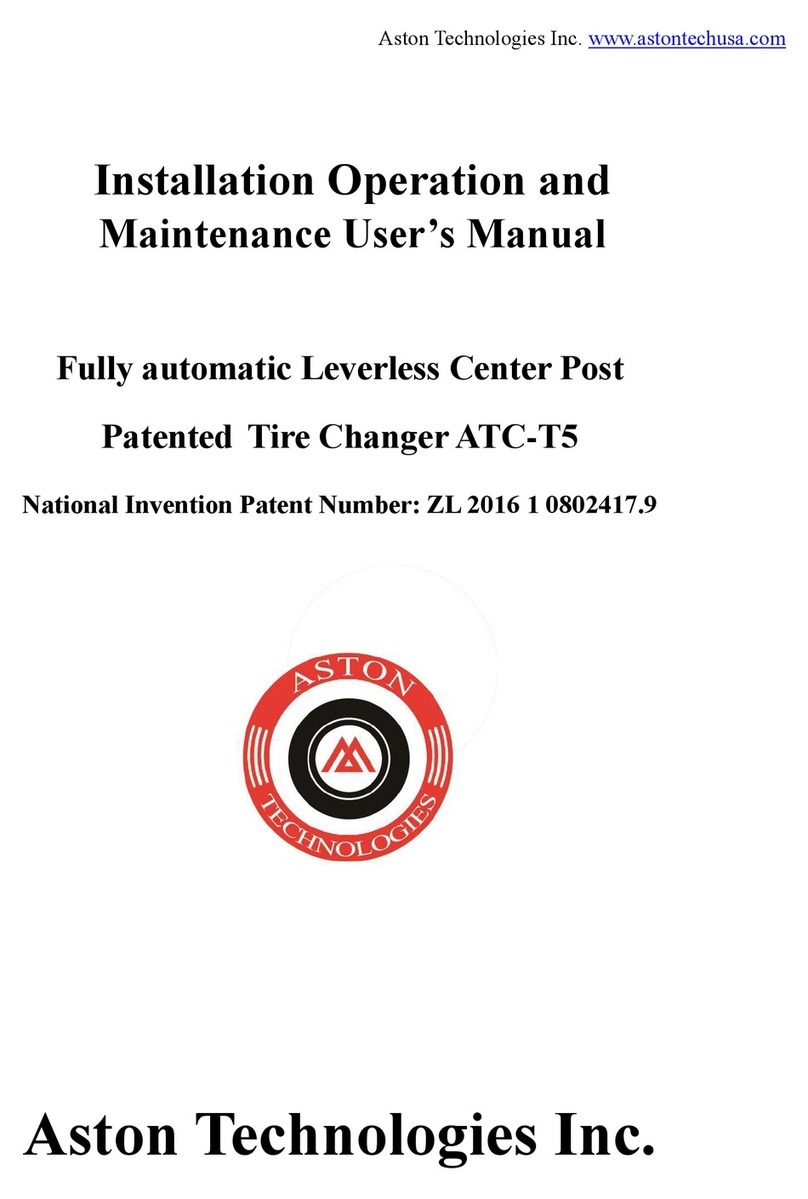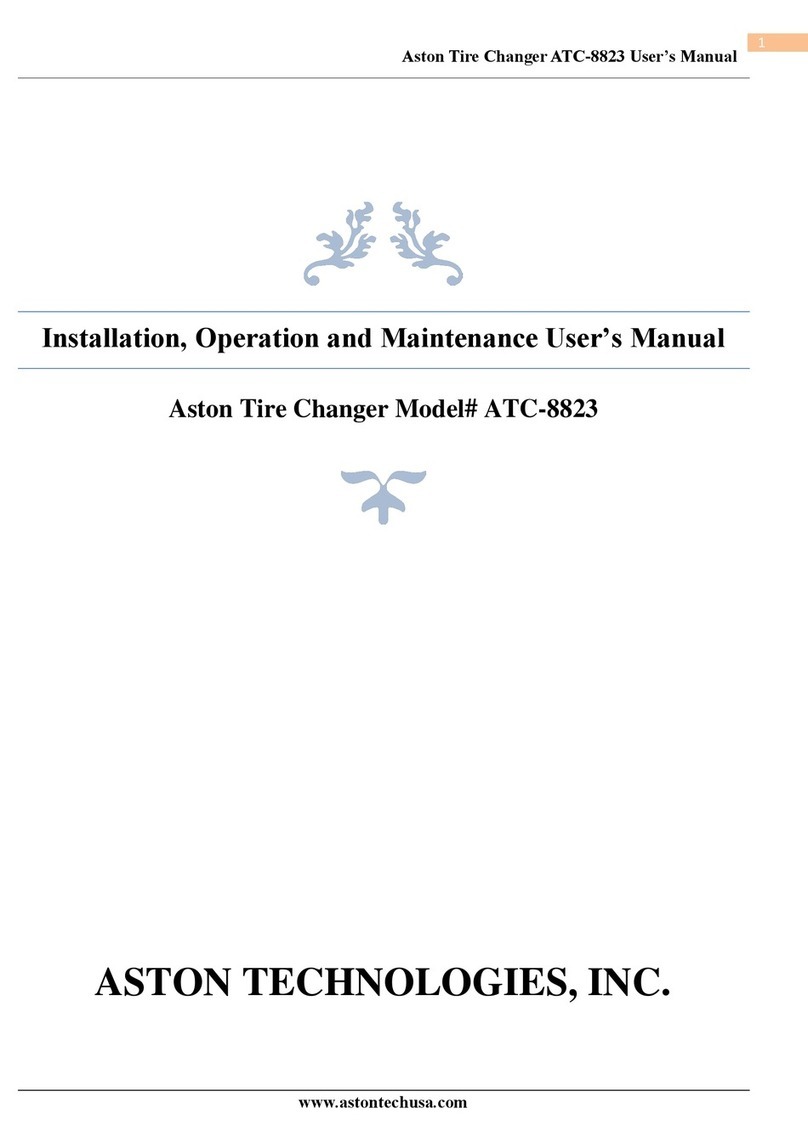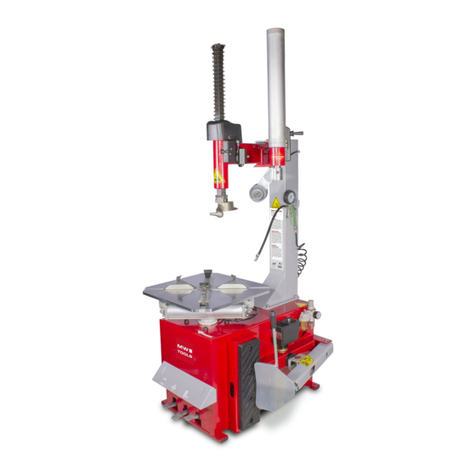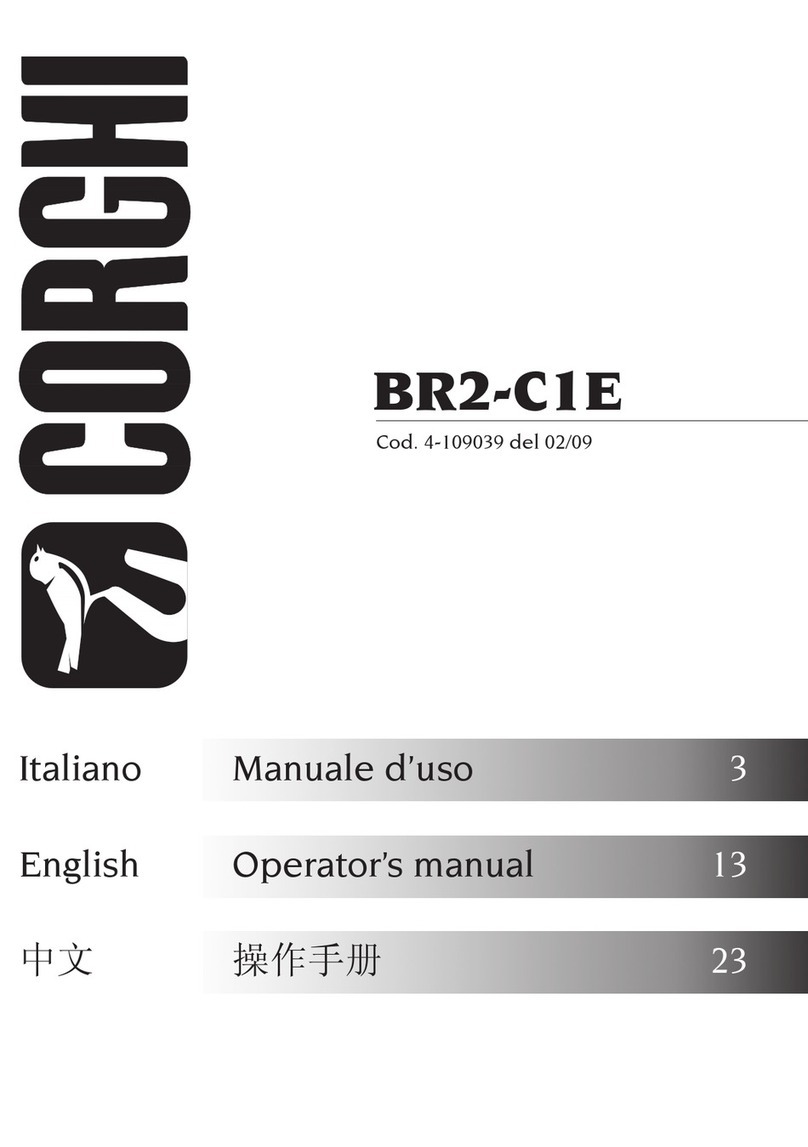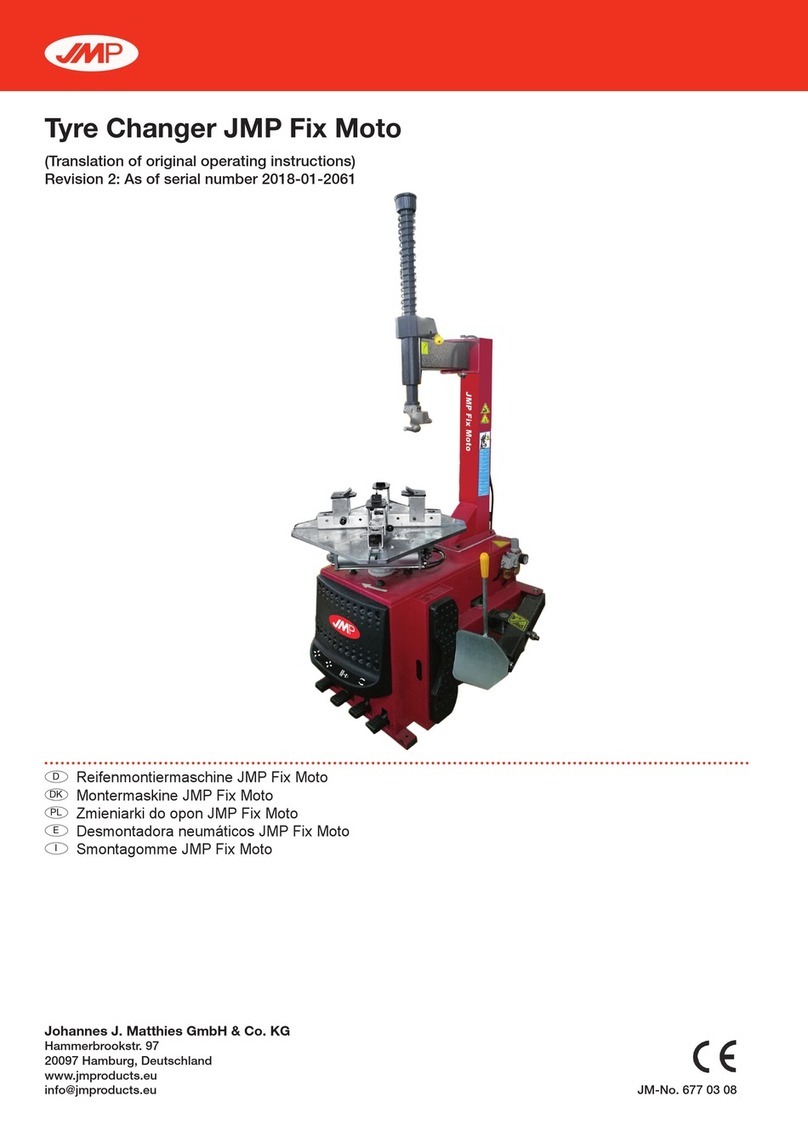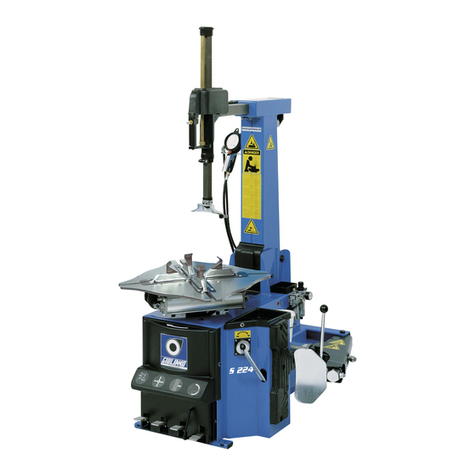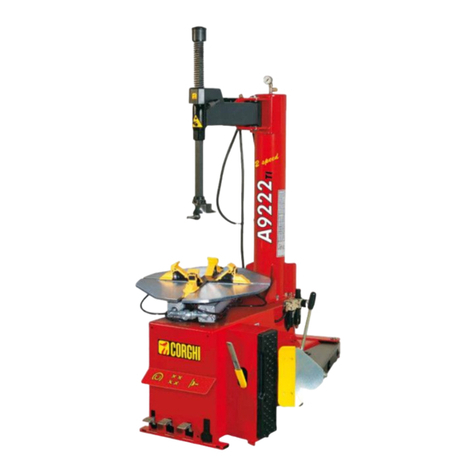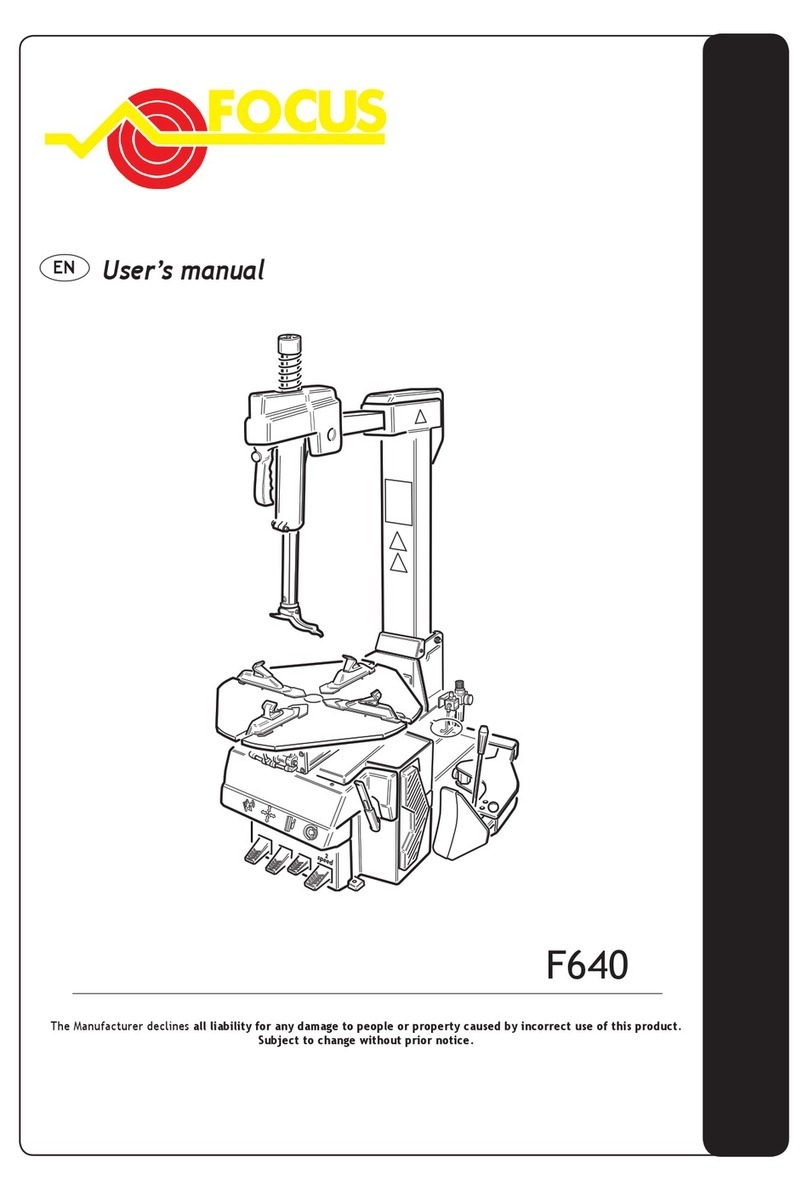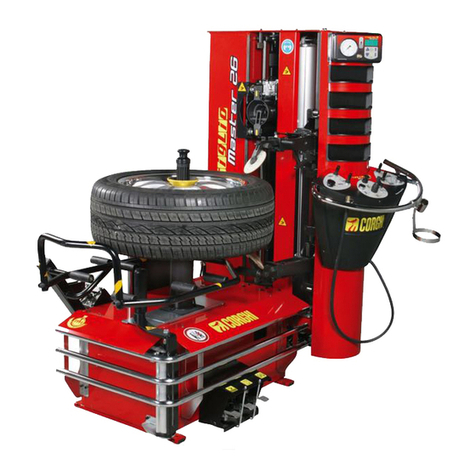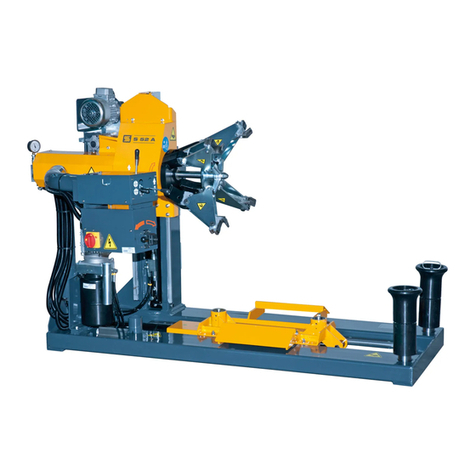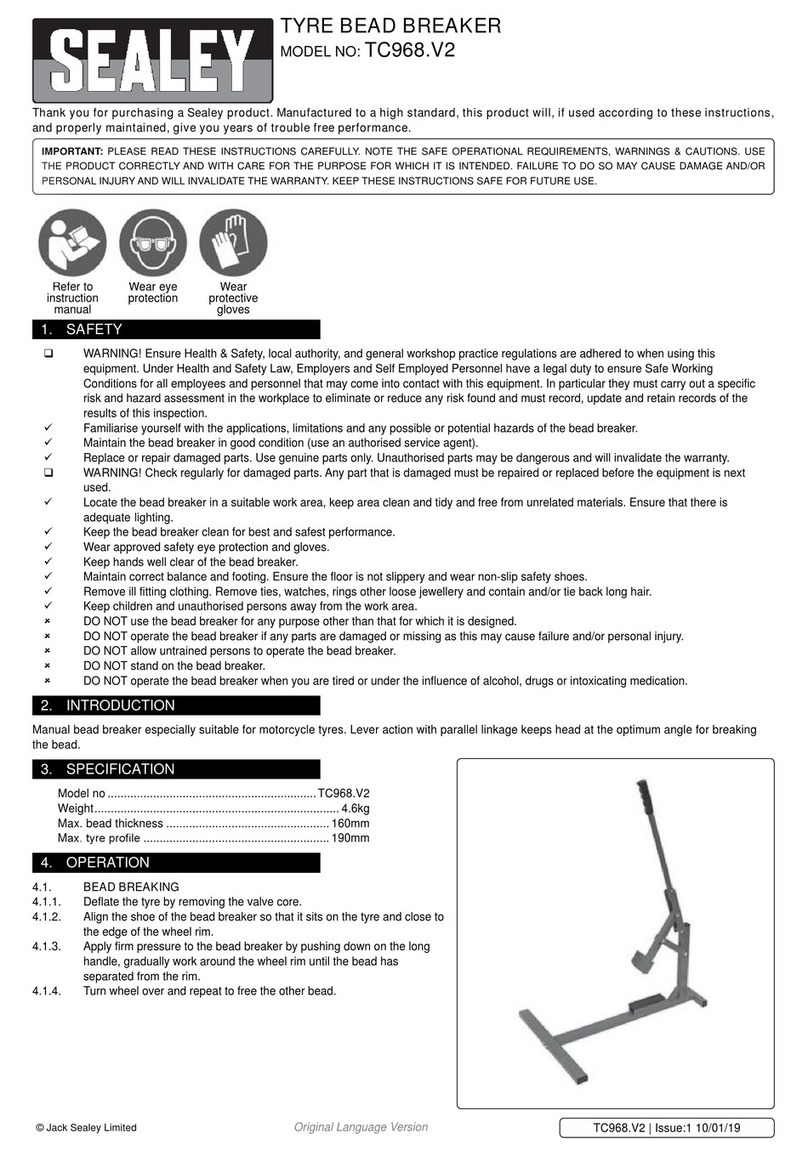
Overview................................................................................................................................ 2
1.1 Important Note.......................................................................................................2
1.2 Qualified users...................................................................................................... 2
1.3 Notes.......................................................................................................................2
1.4 Danger warning signs.......................................................................................... 4
1.5 Noise Standard..................................................................................................... 5
1.6 Training................................................................................................................... 5
Equipment Description........................................................................................................ 6
2.1 Product Introduction............................................................................................. 6
2.2 Technical Specifications...................................................................................... 6
2.3 Transportation....................................................................................................... 6
2.4 Figure and part names.........................................................................................7
Installation and Commissioning Instructions................................................................... 8
3.1 Preparation for installation.................................................................................. 8
3.2 Precautions during installation......................................................................... 10
3.3 Main installation procedure...............................................................................10
3.4 Inspect the project table after installation.......................................................11
3.5 Commissioning and debugging........................................................................11
Operation Declaration....................................................................................................... 14
4.1 Operating notes.................................................................................................. 14
4.2 Demount and Mount Tires Operation Procedure..........................................14
Maintenance, storage and scrap..................................................................................... 21
5.1 Maintenance........................................................................................................ 28
5.2 Storage and scrap.............................................................................................. 29
Common Fault causes and Solutions.............................................................................30
Assistant data..................................................................................................................... 31
7.1 Electrical circuit diagram................................................................................... 31
7.2 Explosive View.................................................................................................... 32
